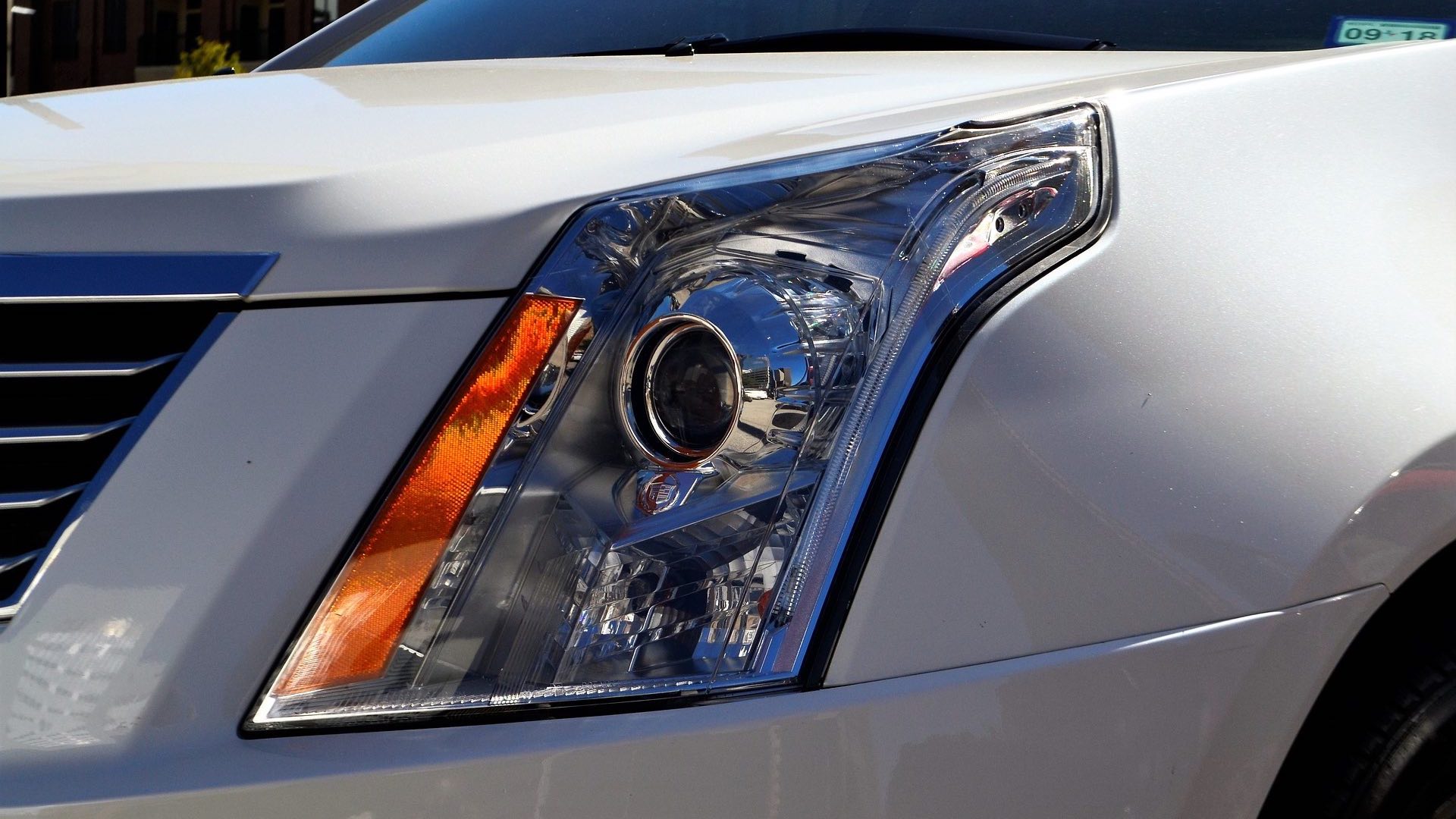Studies show that 1.3 million Americans die in road crashes every year, and an additional 20 to 50 million suffer non-fatal injuries, including ones that result in long-term disabilities.
Every time you get behind the wheel, you assume a degree of risk. Yet, this is a necessary part of reality. We depend on our vehicles nearly every day of our lives. The key to protecting yourself and your loved ones is to understand the basic tenets of road safety.
While you might have learned these protocols before, most of us don’t take the time to refresh ourselves on exactly how to stay as secure as possible on the road. Today, we’re sharing a few safe driving tips to remember in 2023 and beyond.
1. Put Your Phone Away
Only a few years ago, we might have started this list out in a different way. Yet, today, one of the top contributing factors to roadway collisions is mobile phone use. From calling and texting to watching videos and scrolling social media, driver distraction levels are at an all-time high.
According to the National Highway Traffic Safety Administration (NHTSA), there were 2,880 distraction-related crashes in 2020. Cell phones were reported as a chief distraction in 354 of them.
There isn’t a “safe” way to use your phone while you’re driving. Even hands-free devices and Bluetooth technology can take your mind off the road. Turn on your automatic notifications, put it in the glove box, and check it when you arrive at your destination.
2. Maintain Your Vehicle
Keeping up with your regular, preventative maintenance not only extends the lifespan of your vehicle. It can also keep you safe on the road. While many potential issues are kept in check via state-mandated safety inspections, your car also has its own way of letting you know when something is amiss.
From tire pressure warnings to low oil lights, don’t ignore any notifications displayed on your dashboard. If something feels wrong when you’re driving, take your vehicle to the auto mechanic immediately. Paying close attention to your car’s maintenance records could help save your life and the lives of those around you.
3. Do Not Drive Under the Influence
It’s no secret that impaired driving is one of the leading causes of vehicular collisions in the United States. In fact, according to one study, more than 55% of people who are involved in severe or deadly road accidents test positive for drugs or alcohol.
These substances can slow your reaction time, impair your cognition, and limit your physical ability to safely navigate the road. You may know that it’s illegal to drive if you’ve been doing drugs or if your blood alcohol concentration (BAC) exceeds a certain limit, but did you know that it’s also against the law to drive with certain prescription medications in your system?
Check the label on your medication to see if there’s a warning. If it states that you should not operate heavy machinery while using it, then you may not legally drive. Anything that impairs your mental or physical function can heighten your risk of a collision.
4. Observe the Speed Limit
This might sound like one of the most obvious safe driving tips, but a surprising 45% of Americans report driving at least 15 miles per hour over the speed limit, according to a recent survey.
While they might feel frustrating when you’re running late for an appointment, realize that speed limits were created for a reason — to protect your safety. By following the posted speed limit, you can help keep yourself, your passengers, and other motorists safe on the road.
5. Practice Defensive Driving
Part of being a responsible driver and avoiding an accident is always staying on your guard. As you drive, try to anticipate actions that could occur, including ones that could compromise your safety. This means being aware of how other drivers are acting around you, and thinking ahead about what you could do if they suddenly put you in danger.
These actions and behaviors can include the following:
- Sudden stops
- Unpredictable lane changes
- Unsignaled turns
- Tailgating
- Swerving
- Running a red light or stop sign
Even if you’re following all of the traffic rules and doing your best to stay safe, there’s always the risk of driving near someone else who isn’t doing the same. By driving defensively, you can stay safe and avoid unwanted surprises.
6. Don’t Follow Too Closely
As you drive, always remember to keep a safe distance between your vehicle and the vehicle in front of you. This way, you’ll have enough time to react if the other driver makes a sudden stop or unsignaled turn. If you follow too closely, you risk running into the back of their vehicle.
Just how much space should you keep? The National Safety Council (NSC) recommends maintaining a minimum three-second following distance. To measure this distance, pick a nearby marker, such as a road sign or tree. Next, make a mental note of when the driver in front of you passes that marker. Then, count how much longer it takes for you to cross that same spot. If you cross it before three seconds are up, slow down to give them a little more room.
7. Buckle Up
The NHTSA reports that seat belt usage in passenger vehicles saves tens of thousands of lives each year. Thankfully, a majority of Americans (91.6%) buckle up before they get behind the wheel.
If you’re part of the small percentage that doesn’t, it’s time to add this habit to your daily routine. By wearing your seatbelt, you can help protect yourself in the event of a collision. These restraining systems are designed to keep your body in place and minimize the effect of an impact.
According to the NHTSA, buckling up in the front seat of a passenger car can prevent a fatal injury by 45%, and a moderate to critical injury by 50%. Make sure yours is properly positioned, with the lap belt secured across your pelvis and rib cage (not your stomach), and the shoulder belt across the middle of your chest (not your neck).
8. Observe and Respect the Weather
When conditions are bad outside, your risk of getting into an accident increases. Not only do rain, snow, and sleet impair driving visibility, but they also make roadways slick, especially when the precipitation first begins. In addition to adverse weather, super-sunny weather can also be dangerous.
Check the forecast before you head out, and be sure to allow yourself extra time to get to your destination if the conditions aren’t in your favor. This way, you don’t have to rush and put yourself in even more danger.
Stay Safe and Alert on the Road
By following the driving tips above, you can help reduce your risk of being involved in a car accident. Take the time to review your surroundings, check your vehicle condition, and practice defensive driving to maximize your safety.
However, even if you do everything right, you might still find yourself the victim of a car accident due to someone else’s negligence. If this happens, a car accident lawyer can help you fight for the settlement you need to heal and recover.
As Wisconsin’s premier legal representation, our team is here to help you navigate any car accident claim. Contact us today to learn more and schedule a free consultation!




